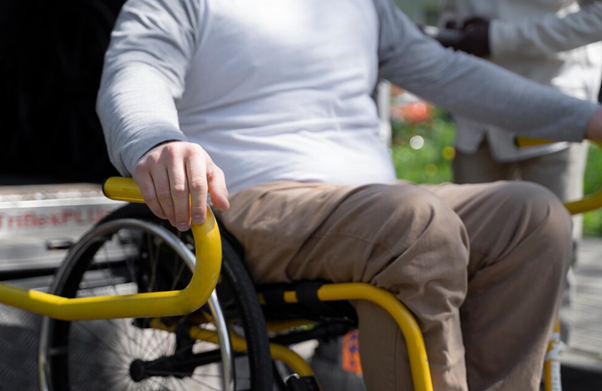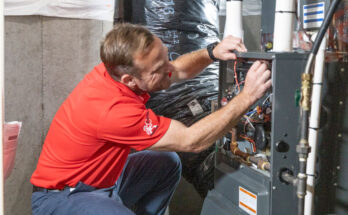In an age where home accessibility is increasingly recognized as a critical component of independent living, chair lift installation has emerged as a pivotal solution for enhancing mobility within the home. Whether for elderly individuals or those with physical disabilities, chair lifts offer a practical way to navigate stairs safely and with ease. This guide delves into the essential aspects of chair lift installation, exploring the benefits, considerations, and steps involved in ensuring a smooth and effective setup.
Understanding Chair Lifts
A chair lift, also known as a stairlift, is a motorized device designed to transport individuals up and down stairs. It consists of a chair mounted on a rail that is installed along the staircase. The user simply sits on the chair, secures the safety belt, and activates the lift to ascend or descend. Modern chair lifts come with various features, including adjustable seats, safety sensors, and remote controls, to accommodate different needs and preferences.
Benefits of Chair Lift Installation
- Enhanced Safety: Chair lifts significantly reduce the risk of falls and injuries associated with climbing stairs. For individuals with mobility challenges, navigating stairs can be particularly hazardous, making chair lifts an essential safety feature.
- Increased Independence: By enabling individuals to move between different levels of their home without assistance, chair lifts foster a sense of independence and autonomy.
- Convenience: Chair lifts are designed for ease of use. With a simple control mechanism and comfortable seating, they offer a hassle-free solution for stair navigation.
- Home Value: Installing a chair lift can enhance the value of a home by making it more accessible and appealing to potential buyers with similar mobility needs.
Key Considerations for Chair Lift Installation
- Assessment of Home Layout: Before proceeding with chair lift installation, a thorough assessment of the home layout is necessary. This includes measuring the staircase, evaluating the space for rail installation, and identifying any obstructions that may affect the installation process.
- Type of Chair Lift: There are various types of chair lifts, including straight stairlifts and curved stairlifts. Straight stairlifts are suited for staircases with no bends or curves, while curved stairlifts are designed for more complex staircases with landings or turns. Choosing the right type depends on the specific configuration of your staircase.
- Weight Capacity: Different chair lifts come with varying weight capacities. It’s crucial to select a model that can accommodate the user’s weight comfortably and safely.
- Power Supply: Chair lifts are typically powered by electricity, and some models have battery backup systems to ensure functionality during power outages. Ensuring a reliable power supply is essential for uninterrupted operation.
- Installation Professional: Hiring a qualified professional for chair lift installation is vital. They will ensure that the lift is installed correctly, adhering to safety standards and regulations. An experienced installer will also provide guidance on maintenance and usage.
The Installation Process
- Initial Consultation and Site Evaluation: The process begins with a consultation where the installer assesses the home’s layout and the user’s specific needs. They will take measurements, discuss preferences, and determine the most suitable type of chair lift.
- Rail Installation: The installation process starts with fixing the rail system along the staircase. This involves securely attaching brackets to the stairs or wall, ensuring that the rail is level and properly aligned.
- Chair and Motor Installation: Once the rail is in place, the chair is mounted onto the rail system. The motor and control mechanisms are installed, ensuring smooth and reliable operation. The installer will also connect the power supply and test the lift to confirm proper functionality.
- Safety Checks and Training: After installation, the technician performs safety checks to ensure that all features are working correctly. They will also provide training on how to operate the chair lift safely and efficiently.
- Maintenance and Support: Regular maintenance is crucial for the longevity and safety of the chair lift. The installer will offer guidance on routine maintenance and provide information on how to address any potential issues that may arise.
Conclusion
Chair lift installation is a transformative solution for enhancing mobility and accessibility within the home. By providing a safe, convenient, and reliable means of navigating stairs, chair lifts play a crucial role in improving the quality of life for individuals with mobility challenges. Whether considering a straight or curved model, understanding the benefits, key considerations, and installation process is essential for making an informed decision. With the right chair lift and professional installation, you can ensure a safer and more accessible living environment, tailored to your specific needs and preferences.




